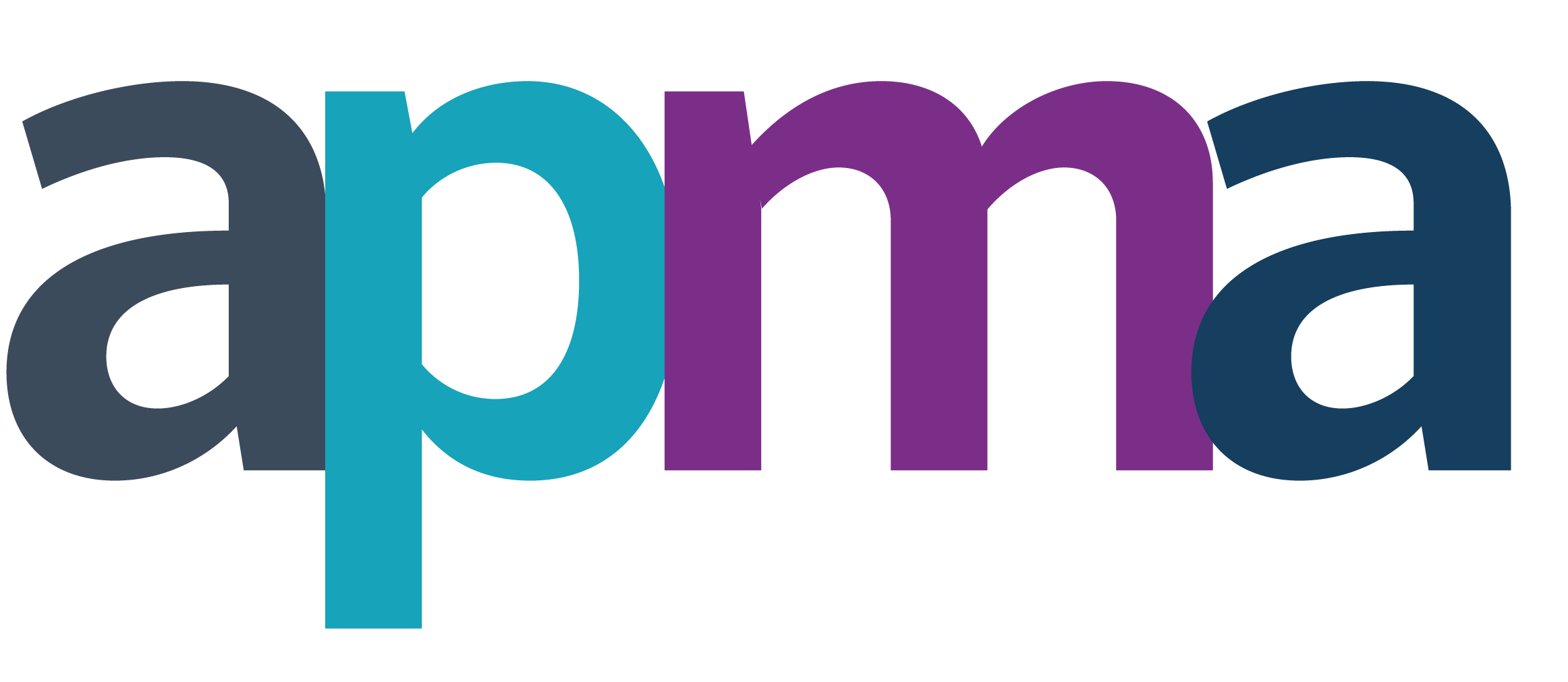
We spoke to Webgains’s Samuel Rodman, CTO, for our Cracking Tracking: Network Q&A.
In one sentence, what makes your tracking so good?
Our tracking is fully GDPR compliant, 1st party with S2S backup technology.
Now explain to me how it works as if I’m a five-year-old…
Imagine sending a letter to a friend, the letter has a postage stamp on it, and when the letter arrives at the post office it’s stamped with a really big number, your friend likes their letter so sends a thank you card back. An affiliate network is like the post office and you and your friend are advertisers and publishers.
How are we going to get rid of third-party cookies from the affiliate channel once and for all?
Overcoming the reliance on third-party cookies in the affiliate industry is a big challenge, the industry is always exploring alternatives like first-party cookies, which ensures privacy compliance. However, certain types of affiliates, especially those reliant on cross-site tracking for revenue, are understandably hesitant to migrate away from third-party cookies. As an industry, we will need to look at how best to navigate the alternatives such as Universal IDs, Google privacy sandbox, Apple’s Private Click Measurement and Publishers looking closer at new methods such as Contextual targeting methods.
What should best-in-class tracking do?
Best-in-class tracking should ensure uninterrupted tracking accuracy and reliability for affiliate marketers operating within the network’s ecosystem. Additionally, the tracking system should prioritise user privacy and data protection.
Tell us some of the work you’re doing to push its adoption.
Webgains tracking has been first-party only, since 2019, ensuring compliance with privacy regulations while maintaining consistent tracking. We also continuously make improvements to enhance tracking accuracy, even in cases where cookies may not be available. Furthermore, we have the option of server-to-server tracking technology, allowing for seamless attribution across devices and platforms.
App tracking tends to get overlooked. What are you doing to make sure it doesn’t?
To ensure app tracking isn’t overlooked, we actively look to support in-app tracking capabilities through our server-to-server tracking solution. Additionally, we’re currently in the process of developing integrated partner solutions with leading SDK providers like Adjust, AppsFlyer and other prominent players in the market. This initiative aims to provide comprehensive tracking coverage across both web and app channels, ensuring seamless attribution and performance optimisation for our affiliate partners.
There’s so much confusion about tracking because every network uses different terms. Is it essentially all the same?
While terminologies vary from network to network, the underlying principles of click, impression and conversion tracking are fundamentally the same. However, simplification in the terms used across networks could help to build consumer confidence.
What does the future of affiliate tracking look like?
The future of affiliate tracking will continue to evolve an increased emphasis on privacy-compliant tracking methods, such as first-party data utilisation and consent-based tracking, alongside advancements in AI and machine learning we are likely to see more accurate attribution modelling as well as better methods of targeting. Ultimately the connections/relationship between publishers and advertisers will need to get closer. Additionally, with technology such as blockchain, we may see improvements to transparency and security in tracking transactions.
Thank you to Samuel, if you have any questions or would like to get in touch, please email him.


